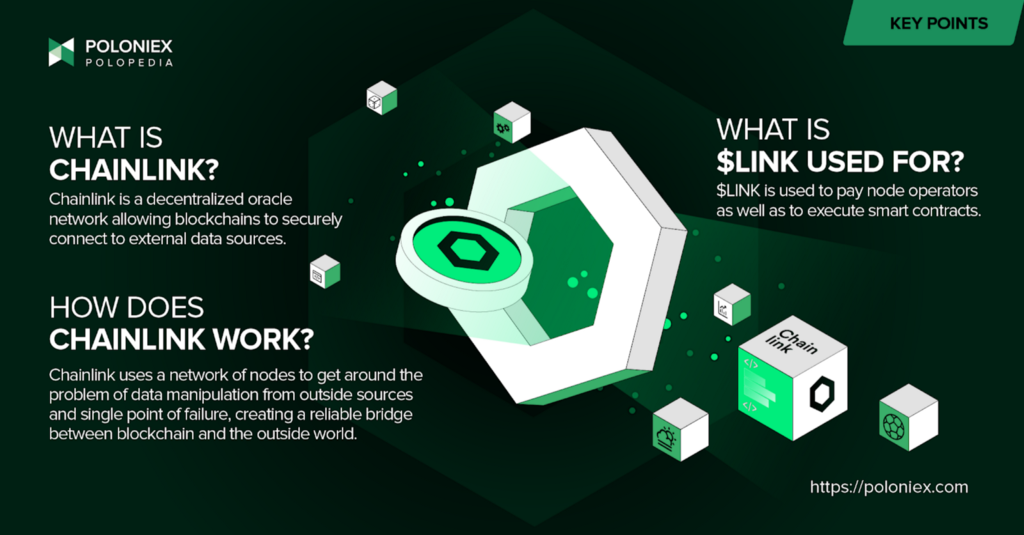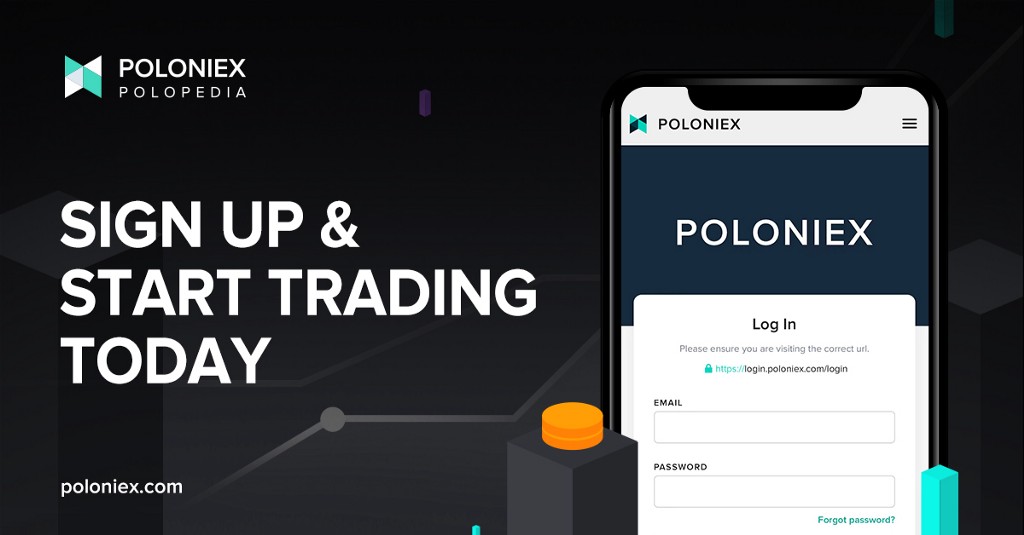
What is Chainlink?
Chainlink, founded in 2014 by Sergey Nazarov and Steve Ellis, is a decentralized oracle network that allows blockchains to securely connect to external data sources, APIs, and payment systems. In other words, it lets smart contracts “talk” to the outside world. As such, it is often referred to as a “middleware solution”.
This solution is important because currently, most smart contracts are “isolated” on the blockchain, which means they can only interact with other contracts on that same blockchain. This limits their usefulness, because in the real world, data doesn’t live on just one blockchain. In order for adoption to truly take hold, different systems need to be able to talk to each other in a seamless and secure way.
Chainlink solves this problem by providing a way for smart contracts to access data from off-chain sources. This data can be anything from cryptocurrency prices to weather data or even individual identity information. This is achieved by using what are called hybrid smart contracts that run on blockchain code and data secured from external sources.
How does Chainlink work?
Chainlink uses a network of nodes to securely connect smart contracts to off-chain data sources. And it offers this service to blockchain projects so that they don’t have to build their own oracles. Furthermore, Chainlink functions as a sort of abstraction layer for data providers. Its usability and position as a middleware solution make it easy for data providers to sell their data and blockchains to use Chainlink for their various needs.
Chainlink nodes are run by independent operators, who are compensated for their services in LINK tokens. This way, Chainlink ensures that the data provided to blockchain applications is accurate and tamper-proof, because of the network’s decentralized nature.
As a whole the community of users and projects using Chainlink also help fund it, making the solution cheaper.
What is an oracle?
An oracle is a third-party service that provides information to smart contracts. This information is used to help the contracts execute transactions. In the case of Chainlink, oracles are used to verify data that’s coming from off-chain sources. This way, smart contracts can execute based on off-chain sources of all sorts.
There exists a problem, however, with the use of oracles as a bridge between the blockchain and outside world. That is, information from other sources is prone to manipulation and single point of failure. So, how does Chainlink get around this problem?
Chainlink VRF
Chainlink VRF, which stands for Verifiable Random Function, allows smart contracts to easily access random values. This is useful for NFT and GameFi projects that need to have a way to fairly and unpredictably deal out rewards or collectibles. It is also useful in choosing representative samples for consensus mechanisms.
Chainlink Proof of Reserve
Chainlink’s Proof of Reserve product helps prove the collateralization of certain assets. While an obvious use case for this would be auditing a stablecoin’s collateralization, there are also digital assets backed by assets that exist off-chain, which makes for a powerful use case for Chainlink Proof of Reserve. This can help issuers of said assets as well as DeFi devs in order to insert a failsafe against losses incurred from unbacked tokens.
$LINK and what you can use it for
LINK is Chainlink’s native ERC-20 token. The token is used to incentivize node operators to act in the network’s best interest, and is also deposited in smart contracts in order to execute them and retrieve requested data. In the future, node operators will get rewards for staking LINK as well.
Chainlink uses money invested using LINK to launch new oracle services and optimize its current offerings to facilitate adoption.
How to acquire $LINK
LINK is available on multiple exchanges like Poloniex! You can acquire LINK through trading a USDT, USDC, TRX or BTC trading pair: LINK/USDT | LINK/USDC | LINK/TRX | LINK/BTC

Feeling ready to get started? Sign-up is easy! Just hop on over to https://poloniex.com/signup/ to start your crypto journey🚀
was originally published in The Poloniex blog on Medium, where people are continuing the conversation by highlighting and responding to this story.

